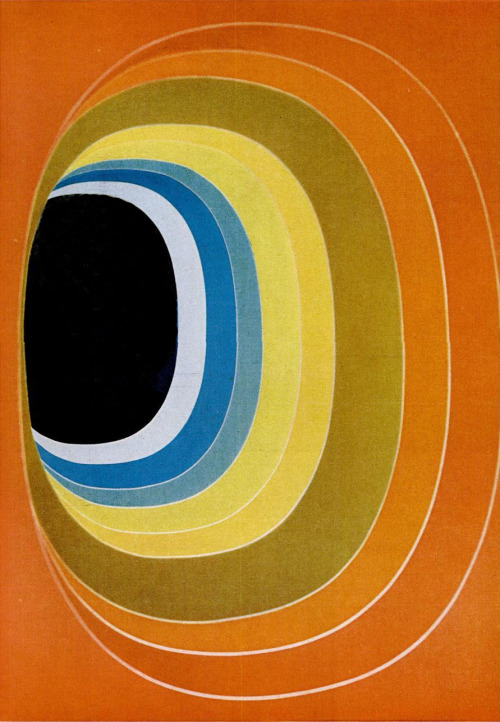Generalelective - GENERAL ELECTIVE




More Posts from Generalelective and Others

Cy Twombly


Leon Berkowitz - Source #7 (1976)

piet hein, cutouts of the super-ellipse, 1966










Sauquet Arquitectes - Lacy studio, Barcelona 2014. Photos © José Hevia.
Keep reading

Sheet of Studies, Carlo Maratti, 17th century, Harvard Art Museums: Drawings
Harvard Art Museums/Fogg Museum, Gift of Paul J. Haldeman Size: 37.7 x 26 cm (14 13/16 x 10 ¼ in.) Medium: Brownish red and white chalk on off-white antique laid paper prepared with a red chalk wash, laid down on cream card
https://www.harvardartmuseums.org/collections/object/146426
When women writers of my generation speak in awed tones of Didion’s “style,” I don’t think it’s the shift dresses or the sunglasses, the cigarettes or commas or even the em dashes that we revere, even though all those things were fabulous. It was the authority. The authority of tone. There is much in Didion one might disagree with personally, politically, aesthetically. I will never love the Doors. But I remain grateful for the day I picked up “Slouching Towards Bethlehem” and realized that a woman could speak without hedging her bets, without hemming and hawing, without making nice, without poeticisms, without sounding pleasant or sweet, without deference, and even without doubt. It must be hard for a young woman today to imagine the sheer scope of things that women of my generation feared women couldn’t do—but, believe me, writing with authority was one of them. You wanted to believe it. You needed proof. And not Victorian proof. Didion—like her contemporary Toni Morrison—became Exhibit A. Uniquely, she could be kept upon your person, like a flick knife, stuffed in a back pocket, the books being so slim and portable. She gave you confidence. Shored you up.
—Zadie Smith on Joan Didion
https://www.newyorker.com/culture/postscript/joan-didion-and-the-opposite-of-magical-thinking

Angela Lindvall | ph. Enrique Badulescu

@henni.kristin https://ift.tt/2EgKv54 -> Telegram Design Bot
-
 drymartinigir1 liked this · 6 months ago
drymartinigir1 liked this · 6 months ago -
 leafpicker liked this · 1 year ago
leafpicker liked this · 1 year ago -
 zuolinword liked this · 1 year ago
zuolinword liked this · 1 year ago -
 balceiro reblogged this · 1 year ago
balceiro reblogged this · 1 year ago -
 tiiluliitu reblogged this · 3 years ago
tiiluliitu reblogged this · 3 years ago -
 urgammelpanda liked this · 3 years ago
urgammelpanda liked this · 3 years ago -
 collegeoftheholyspirit liked this · 3 years ago
collegeoftheholyspirit liked this · 3 years ago -
 knowledgeeee liked this · 3 years ago
knowledgeeee liked this · 3 years ago -
 desrac liked this · 3 years ago
desrac liked this · 3 years ago -
 oossimoroo liked this · 3 years ago
oossimoroo liked this · 3 years ago -
 horodate reblogged this · 4 years ago
horodate reblogged this · 4 years ago -
 vermelhidao liked this · 4 years ago
vermelhidao liked this · 4 years ago -
 atomicdustbolt-blog liked this · 4 years ago
atomicdustbolt-blog liked this · 4 years ago -
 xyz713 liked this · 4 years ago
xyz713 liked this · 4 years ago -
 generalelective reblogged this · 4 years ago
generalelective reblogged this · 4 years ago -
 pique-lemon-hope reblogged this · 4 years ago
pique-lemon-hope reblogged this · 4 years ago -
 cocteauheart liked this · 4 years ago
cocteauheart liked this · 4 years ago -
 cy6erdem0n reblogged this · 4 years ago
cy6erdem0n reblogged this · 4 years ago -
 xonorika reblogged this · 4 years ago
xonorika reblogged this · 4 years ago -
 dolly-m liked this · 4 years ago
dolly-m liked this · 4 years ago -
 fizznumina liked this · 5 years ago
fizznumina liked this · 5 years ago -
 arcoirisdegasolina reblogged this · 5 years ago
arcoirisdegasolina reblogged this · 5 years ago -
 alittlemoreline reblogged this · 5 years ago
alittlemoreline reblogged this · 5 years ago -
 calvinization reblogged this · 5 years ago
calvinization reblogged this · 5 years ago -
 33yolks liked this · 5 years ago
33yolks liked this · 5 years ago -
 nwashy reblogged this · 5 years ago
nwashy reblogged this · 5 years ago -
 jireh-d liked this · 5 years ago
jireh-d liked this · 5 years ago -
 yosoyrad liked this · 5 years ago
yosoyrad liked this · 5 years ago -
 ao-dai liked this · 5 years ago
ao-dai liked this · 5 years ago -
 tooola reblogged this · 5 years ago
tooola reblogged this · 5 years ago -
 tooola liked this · 5 years ago
tooola liked this · 5 years ago -
 takayukiokapi reblogged this · 5 years ago
takayukiokapi reblogged this · 5 years ago -
 chrisunion reblogged this · 5 years ago
chrisunion reblogged this · 5 years ago -
 bewustzijn liked this · 5 years ago
bewustzijn liked this · 5 years ago -
 sesalan liked this · 5 years ago
sesalan liked this · 5 years ago -
 sesalan reblogged this · 5 years ago
sesalan reblogged this · 5 years ago -
 waaastelaandd reblogged this · 5 years ago
waaastelaandd reblogged this · 5 years ago -
 waaastelaandd liked this · 5 years ago
waaastelaandd liked this · 5 years ago -
 notyourtypicalmaki reblogged this · 5 years ago
notyourtypicalmaki reblogged this · 5 years ago -
 botnika1 reblogged this · 5 years ago
botnika1 reblogged this · 5 years ago



